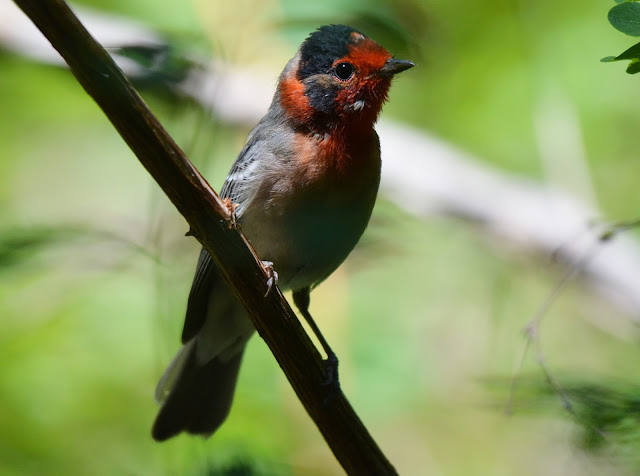 |
| Verdin |
 |
| Great deal on Friskies Pate! |
 |
| Lesser Scaup |
 |
| Canvasback |
 |
| Cooper's Hawk |
One of my favorite bird groups, the sparrows, begin to arrive back in great numbers. This Brewer's Sparrow(below) is so plain and yet I think it's a gorgeous bird.
 |
| Brewer's Sparrow |
 |
| A random Osprey at the sod farm of Tweedy and Pretzer roads |
 |
| Northern Harrier |
 |
| Mountain Plover |
 |
| A rare Horned Grebe. Normally rare, but this year it seems like there are more Horned Grebes than the similar looking winter molts of the Eared species |
 |
| The Arizona City Lake fountain used to look like this.....but not anymore. Now it just sits like an ancient pyramid where they bury their dead. |
Yes, winter has finally arrived here in Arizona. Joggers can jog. Bikers can bike. Birders can bird. And everyone can smile and not worry about dying from heat exhaustion after 15 minutes of outside exposure:) Birders can sleep in late until 7 AM(when the sun rises) and bird until 5(when the sun sets). With a little more than a month to go before the year ends, Las Aventuras will try to make it to the 500 bird mark. I'll leave you all with some recent visits to three of the places we visited this past week.
Count 1. The Avra Valley area
 |
| Snow Goose in Blue Molt |
 |
| A stunning male Vermilion Flycatcher |
Until next time........





















































